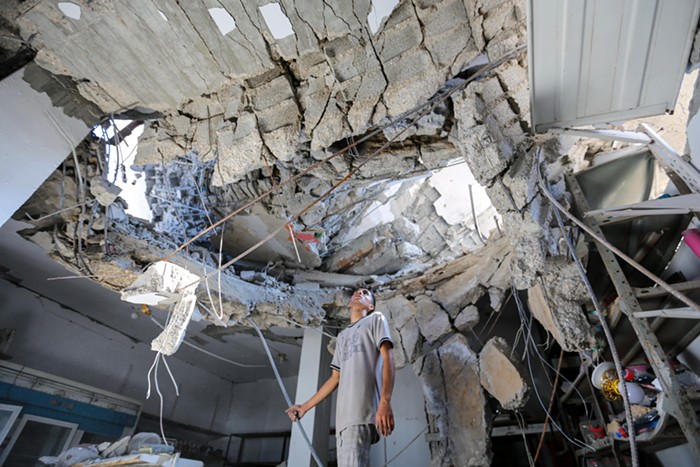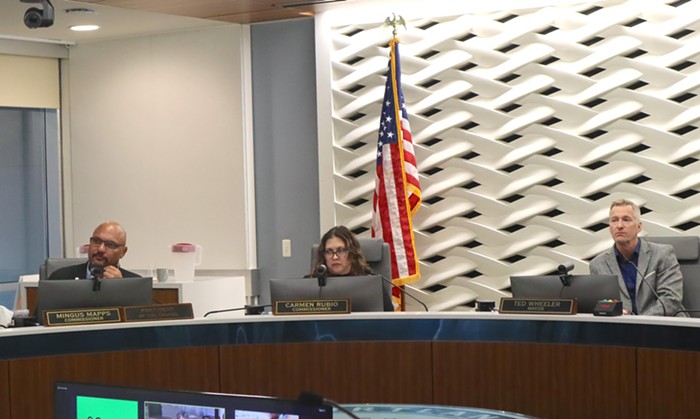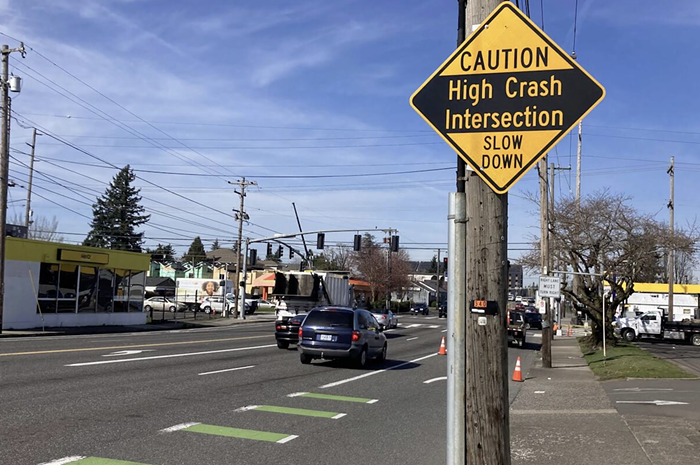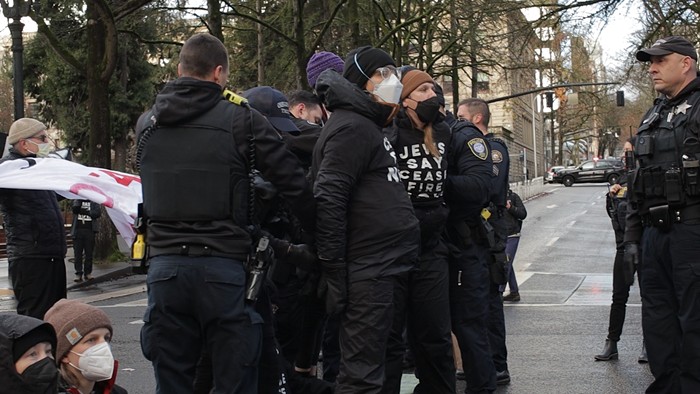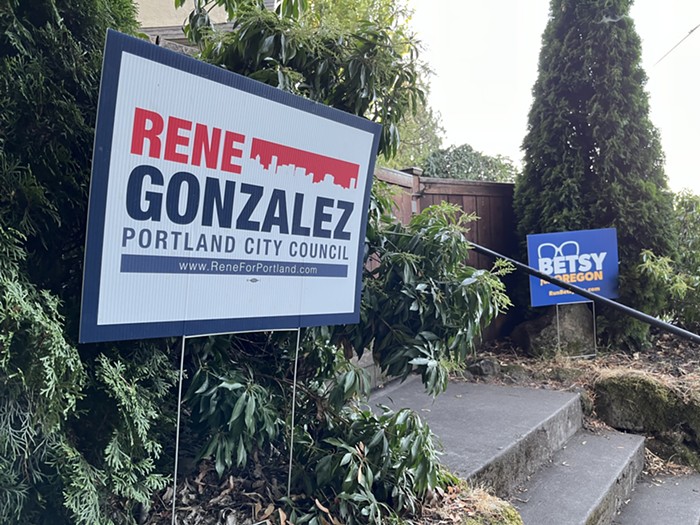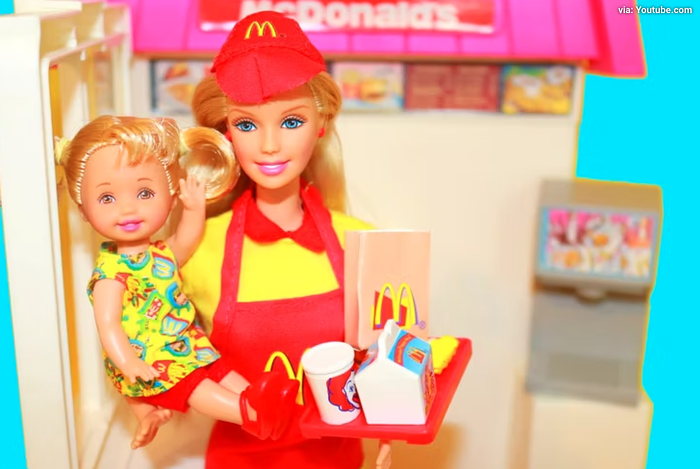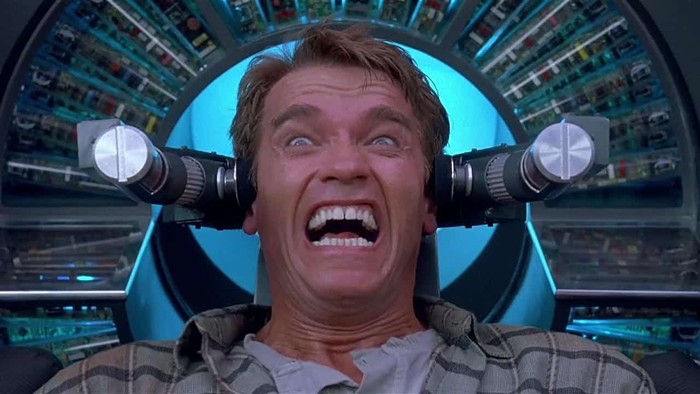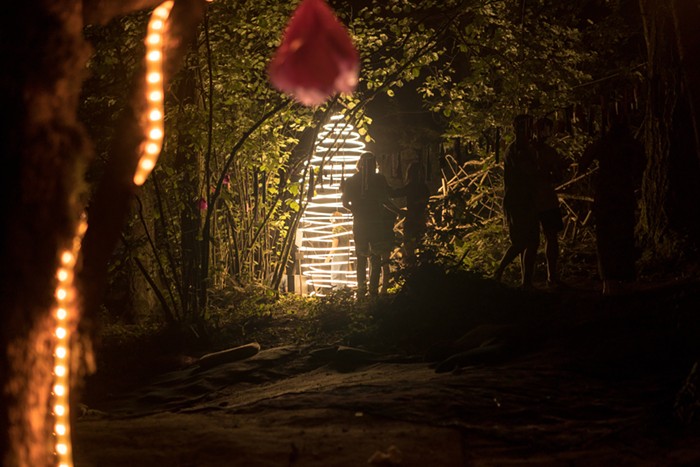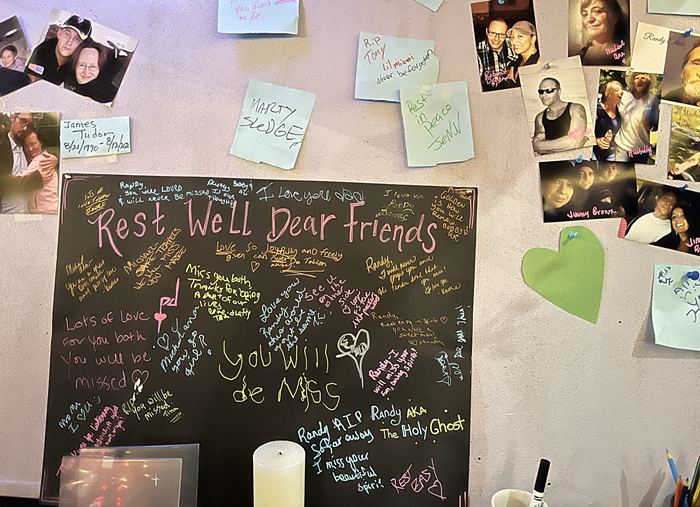With two cyclists dying in less than two weeks, in nearly identical ways, bike activists are turning the tragedies into a call to action.
Tracey Sparling died on October 11 when she was run over by a cement mixer making a right turn, crushing her under its massive wheels. While the bike community was still mourning her death, cyclist Brett Jarolimek, a Bike Gallery employee and bike racer, was killed when he collided with a garbage truck that was turning right onto N Greeley in front of him. Both cyclists were apparently following the rules of the road.
On the afternoon of Monday, October 22, Jarolimek was traveling south on Interstate. After the Kaiser facility, where the street begins a substantial downgrade, he was passed by the garbage truck. When the truck driver approached Greeley, he slowed, turned on his signal, and began making a right turn. Jarolimek, who had picked up speed from the downhill, collided with the truck and died under its wheels.
As with all such incidents, blame immediately began flying. The driver said he looked in his side mirrors before turning, and didn't see the cyclist. But many cyclists have pointed out that he should have known Jarolimek was barreling down the hill, since he'd passed him only seconds before. But beyond human error, there have also been longstanding concerns about that particular intersection, due to an engineering combination of a downhill, a sharp turning lane with a bike path that crosses it, and an unpredictable traffic signal.
Both deaths present a challenge for the Bicycle Transportation Alliance. In the days between the deaths of Sparling and Jarolimek, longtime policy director Scott Bricker was named the organization's executive director.
"These tragic cases express the need for improvements to be made (in traffic engineering, safety education, and enforcement)," Bricker says. "When someone dies, it's the ultimate case of 'we should have done something.'"
Already, Bricker has had meetings with Transportation Commissioner Sam Adams and city bike planner Roger Geller. He's pushing for improved bike facilities at intersections. One idea is "bike boxes," which put bikes in front of—not beside—traffic that could be turning right. Another is separate traffic signals that would keep them from intersecting with cars.
Some of those measures could come about as a result of Adams' "Safe, Sound, and Green Streets" initiative, but Bricker believes there may be support to act more quickly.
"There seems to be support for measures that will increase safety now," he says. "There's a sense of 'why can't we do something now?' How many more people have to die?"
